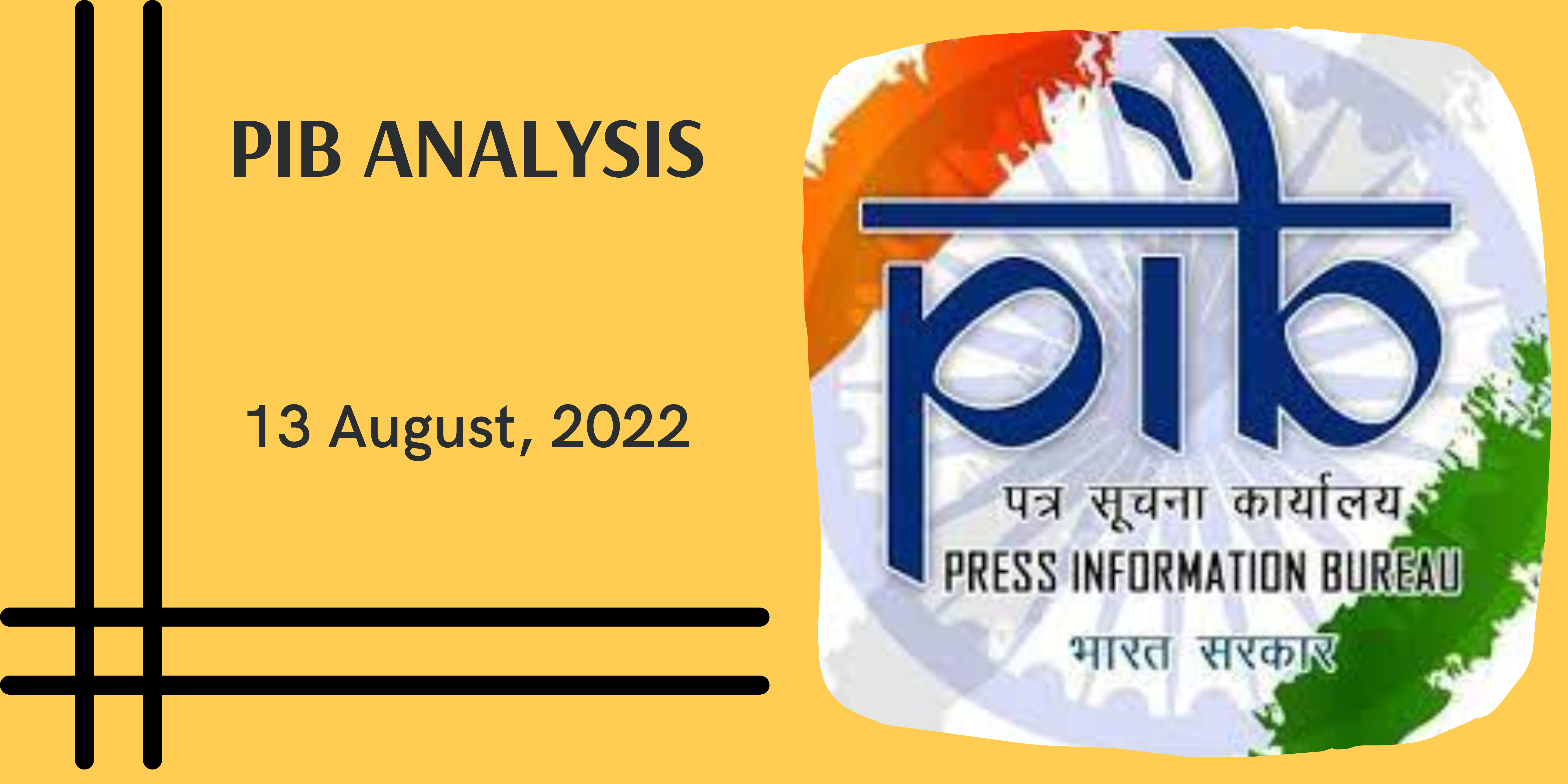Academia, research and the glass ceiling in India
For Mains:
What is the glass ceiling?
- Glass ceiling refers to situations when a qualified person wishing to advance within the hierarchy of his/her organization is stopped at a lower level due to a discrimination most often based on sexism or racism.
Some instances of sexism in history:
- In 1933 Kamala Sohonie approached Sir C.V. Raman to pursue research in physics under his tutelage.
- The Nobel Laureate and the then director of the Indian Institute of Science, Bangalore, turned the request down on the ground that ‘she was a woman’.
- She had to do satyagraha in front of the director’s office before she was accepted on a temporary basis.
- Similarly, in 1937, Professor D.M. Bose, the then Palit Professor of physics at Calcutta University, was reluctant to include Bibha Chowdhuri in his research group on the basis that he did not have suitable research projects to assign to a woman.
- She persisted and later joined D.M. Bose’s research group. Currently her work on cosmic rays in determining the mass of mesons is considered pathbreaking.
- For those who believe these instances to be relics of a forgotten time; In 2018, Prof. Alessandro Strumia of Pisa University, a theoretical physicist who regularly works at CERN, the European Organization for Nuclear Research in Switzerland, claimed at a workshop organised by CERN that “physics was invented and built by men, it’s not by invitation” and that ‘male scientists were being discriminated against because of ideology rather than merit’ implying that women are less capable than men in physics research.
- Ironically, this was said a day before Donna Strickland was awarded the Nobel Prize in Physics, for her work on lasers, and became the third woman to win a physics Nobel, after Marie Curie in 1903 and Maria Goeppert Mayer in 1963.
What has the government done to achieve gender parity in STEM?
- Gender Advancement for Transforming Institutions (GATI) is a pilot project under the Department of Science and Technology to promote gender equity in science and technology.
- Knowledge Involvement in Research Advancement through Nurturing (KIRAN), is a plan under the Department of Science and Technology again to encourage women scientists in science and technology and also prevent women scientists from giving up research due to family reasons.
Current situation in India:
In Academia;
- According to UNESCO India has only 14% female researchers working in STEM areas.
- However, this is more or less the global norm as most developed countries have a similar ratio.
- Japan has only 16% female researchers, the Netherlands 26%, the United States 27% and the United Kingdom 39%.
- The highest number of female researchers are in Tunisia, (55%) followed by Argentina (53%) and New Zealand (52%).
- In India, about 43% of women constitute the graduate population in STEM, which is one of the highest in the world.
- This however does not convert into career opportunities as the data shows.
- The concerning fact is that the percentage of women in faculty positions begins to shrink with each step up the ladder. The number further decreases when it comes to a position involving decision-making.
- The more prestigious the institute, the lower the number of women employees. For example, in IIT Madras only 31 out of 314 professors (10.2%) and in IIT Bombay only 25 out of 143 professors (17.5%) are women.
In business;
- The number of women in senior management positions in the corporate sector in India is 39%, which is higher than the global average.
- Number of women CEOs in Fortune 500 companies is 15% while female board members in the management of private enterprises have grown from 15% (2016), 16.9% (2018) to 19.7% in 2022.
SOURCE: THE HINDU
For more updates Click here




